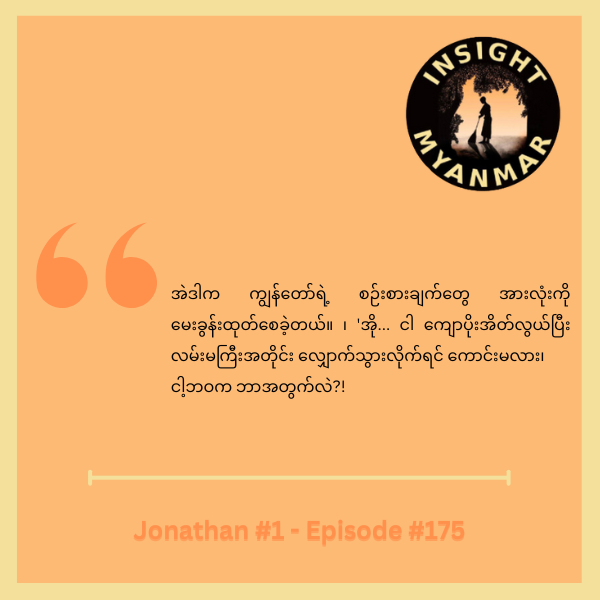The Cosmic Egg
“It's a kind of a paradox, where there's a lot of structure, and yet that structure is allowing you to crack the cosmic egg or slip through the cracks to the basement of your being, and then be in that basement, and do that deep work, and then come back, extrovert, and then integrate into the world as best you can.”
Jonathan Crowley's journey into meditation began with an exploration of vipassana in the tradition of S.N. Goenka at Dhamma Dhara in Massachusetts. Immersing himself in intensive retreats, Jonathan cultivated a profound connection with the practice and an understanding of its transformative potential. This led him to take on various roles within the community, including assisting in organizing meditation courses for Cambodian refugees resettled in Massachusetts and facilitating a meditation course in a maximum-security prison in Alabama. These experiences sparked his interest in bridging the introspective benefits of vipassana with broader societal impact. However, Jonathan also encountered challenges, such as navigating the organization’s limited diversity and reflecting on his role as a “White savior” in some settings.
As Jonathan’s involvement deepened, he became an assistant teacher, a position that came with its own complexities. While he cherished Goenka’s universalist approach to breath and sensation, he observed instances where organizational practices seemed at odds with those ideals. He critiqued the system’s insularity and its conflation of Dhamma with strict organizational rules, which sometimes discouraged questioning and fostered blind faith. Despite his frustrations, Jonathan maintained gratitude for the transformative benefits he derived from vipassana. He advocates for open dialogue within the tradition, urging a balance between reverence for Goenka’s teachings and critical examination of organizational practices, believing this can strengthen the practice and its community.
Jonathan's evocative metaphor in the quote above captures the profound interplay between structure and freedom inherent in meditation practice. His reference to “cracking the cosmic egg” and slipping into “the basement of your being” suggests a journey of profound introspection, facilitated by the disciplined framework of meditation retreats. The paradox he describes—where rigid structure enables boundless exploration—illuminates the transformative power of boundaries. Rather than confining, these structures create the conditions for a deeper surrender, allowing practitioners to access the raw, unfiltered essence of themselves.
This insight resonates universally: in a world of distractions, structure can paradoxically become the portal to liberation. Crowley’s description of “deep work” in the basement of being highlights the intimate and often challenging process of confronting one’s inner truths. But the beauty of his metaphor lies in its full cycle—returning from that basement, stepping back into the world with newfound clarity, and striving to integrate these revelations into daily life. This balance between inward exploration and outward engagement is the essence of spiritual practice. It challenges us not only to discover our authentic selves but to carry that authenticity into our interactions, enriching the world as we deepen our connection with it.
Listen to his full episode by subscribing to Insight Myanmar wherever you get your podcasts.

